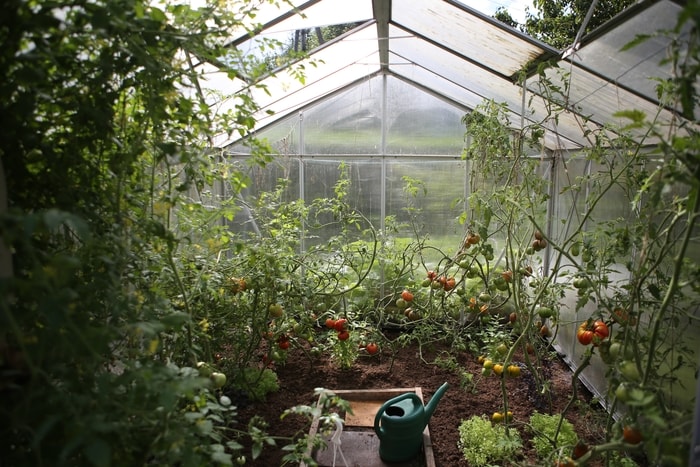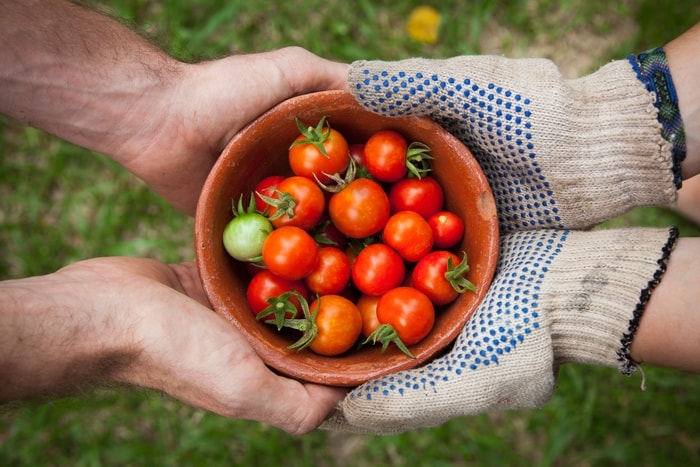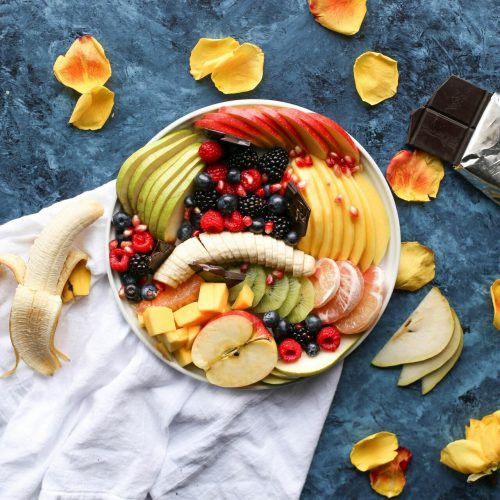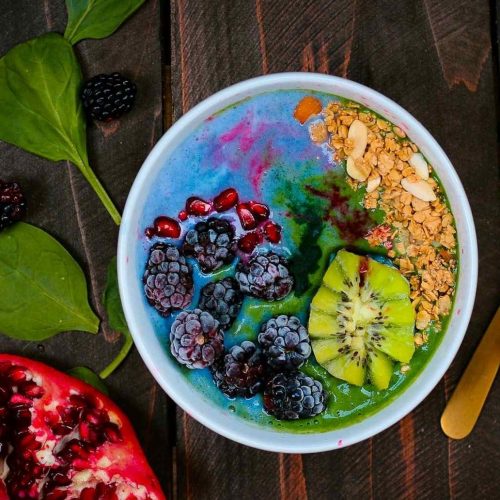Guide To Growing Food At Home
In the wake of the coronavirus outbreak and the new sustainable living movement, more people are growing food at home. Helping to improve one’s health and nutrition, support the well-being of our planet and spend quality time in nature, it’s no surprise this trend is on the rise. But how to grow food at home? Particularly if you feel that you do not have the space, time or skills? By reading this easy-to-follow guide, you will be geared to growing food at home, and ready to harness the benefits of organic produce in no time at all.
1. PICK YOUR SPOT
First of all, choose where you are going to grow the food. For houses with gardens or greenhouses such locations are preferable. Yet if this is not applicable, apartment farming is just as promising. From kitchen windowsills to outdoor balconies, a shelf in a sunny spot to rooftop terraces, make sure your space is well ventilated, secure and has sufficient access to sunlight.
2. PLAN YOUR CROP
When deciding your crop, you must consider the seasonality, climate and location of your spot to ensure optimum horticultural development.
Greenhouses: Greenhouses are the most versatile of all growing locations, owing to their controllable microclimate in regards to temperature and humidity. Thus, for those seeking inspiration, we recommend consulting the Garden House’s advice on what to grow depending on the time of year, to ensure a flourishing greenhouse throughout every season.
Outdoor gardening (including balconies and rooftop terraces): In general, herbs and vine plants are best suited for outdoor gardening, as they don’t take up much space, are able to withstand windy conditions and require a lot of water, as provided by rain. Examples include tomatoes, cucumbers, peppers, zucchinis, summer squash, spring onion, kale, celery, cilantro, mint, basil and thyme. While herbs should be placed in the sunniest part of your garden, greens and root vegetables naturally thrive in the shade.
Indoor gardening: No backyard? No problem! Almost any plant can be grown indoors, so long as you have the right container. From warm windowsills, perfect for nurturing avocado plants and microgreens, to more spacious indoor pots suitable for tomatoes, garlic, bell peppers and carrots, you must be sensible with regards to what type of space you have available. When gardening indoors we recommend estimating the number of sunlight hours you have available: 8-12 hours of daily sunlight are required to grow lemon fruits, whereas mushrooms prefer cool, dark shadows.

3. KNOW YOUR SOIL
A simple squeeze test will let you know the whether the soil your plant is growing in is clay, sand, or loam. This helps establish how to best prepare the soil before sowing. For example, onions and carrots are perfectly suitable for clay soil. However, planting strawberries in this condition would require a raised bed or top spoil, as they grow best in sandy loam soil, rich in organic matter.
4. LET IT GROW
Choose from a seedling or nursery plant to begin the growing process. Although seedlings are cheaper to buy, and offer more variety, they initially require more care. Seedlings must first be tended to in shallow pots with sterile soil, lots of water and direct sunlight. Whereas the latter can be transferred directly into a large pot or the ground.
To enrich the soil where the plant grows, it is important to add compost, organic fertiliser and plant feed to nourish the new crops. Yet by far the most important gardening task is watering; especially when growing plants in containers as these store water less well. If the soil ever feels dry, add water.
To protect your growing plants from problems and pests, you must inspect your plants to check for discoloring or holes in the leaves. If these issues do arise, apply an appropriate pesticide, a fine mesh or move the pot to a safer spot if indoors.

5. HARVEST TIME
Once ripe, some plants can happily stay in the ground a little while longer, whereas others must be harvested right away. In contrast to industrial farming, which is critically endangering our planet through global warming, specie extinction and soil erosion, growing food at home is both socially and environmentally sustainable. Harvesting your own produce not only minimises your carbon and chemical footprint, but also significantly benefits your health; organic produce is free from artificial chemicals and preservatives, yet rich in vitamins and minerals. Proving that doing good for the planet does good for us too.

+ Words: Stephanie Frank, Editorial Intern at Luxiders Magazine
London-based student and journalist Stephanie Frank has become dedicated to repurposing fashion as a force for good and is committed to writing about the interfaces between sustainability, fashion, lifestyle and culture.




